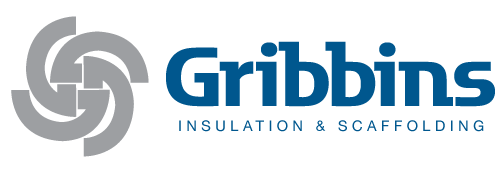Human Performance
 The purpose of Human Performance is to learn to use modes of performance to predict when an error is more likely to occur, to recognize individual error traps on and off the jobs and to use various types of error prevention tools to prevent errors from occurring. Human error is defined as an action or inaction that unintentionally results in an undesirable or unwanted condition, leads a task or system outside of acceptable limits or deviates from a set of rule or expectations.
The purpose of Human Performance is to learn to use modes of performance to predict when an error is more likely to occur, to recognize individual error traps on and off the jobs and to use various types of error prevention tools to prevent errors from occurring. Human error is defined as an action or inaction that unintentionally results in an undesirable or unwanted condition, leads a task or system outside of acceptable limits or deviates from a set of rule or expectations.
Performance Modes include:
- Skill based – it is a habit, can be performed with low or no conscious thought, performed 50 to 100 times within a 6 month period, less than 7 complex to 15 simple steps to perform from memory, example would be driving your car. The error rate when working in skill based mode is 1 in 1000.
- Rule based – there is a rule and you know there is a rule. The error rate when working in rule based mode is 1 in 100.
- Knowledge based – you don’t know what you don’t know, you cannot think your way out, if you don’t know seek help. The error rate when working in knowledge based is 1 in 2 to 1 in 10.
The top 10 error traps:
stress, high work load, time pressure, poor communication, vague or poor work guidance, over confidence in work and/or abilities, infrequent or first time performing task, distractions, first working day following time off greater than 4 days and the end of a shift or work cycle.
Error Prevention Tools:
- Stop When Unsure – seek assistance when unsure or something doesn’t make sense.
- Self Check – review the activity to be performed, potential and expected consequences, ensure proper identification of equipment to be manipulated, verification of desired results.
- Stop, Think, Act, Review – pause before performing task, focus on attention to detail, eliminate distractions. Think prior to taking any action, verify the action to be taken is understood, point to or touch the correct component, equipment or system, compare to job aids and verbalize. Perform the intended action. Verify that the actual response was the expected response.
- 3-Way Communication – Clear, Concise and Complete, use in operational activities, use verbatim repeat back for high risk, critical importance, now situations, create understanding during communication, verify understanding, ask questions.
The use of these error prevention tools will reduce the risk of potential errors while performing job task in knowledge based, rule based, or skill based. People do what they do at the time that they do for reasons that make sense to them at that time.
